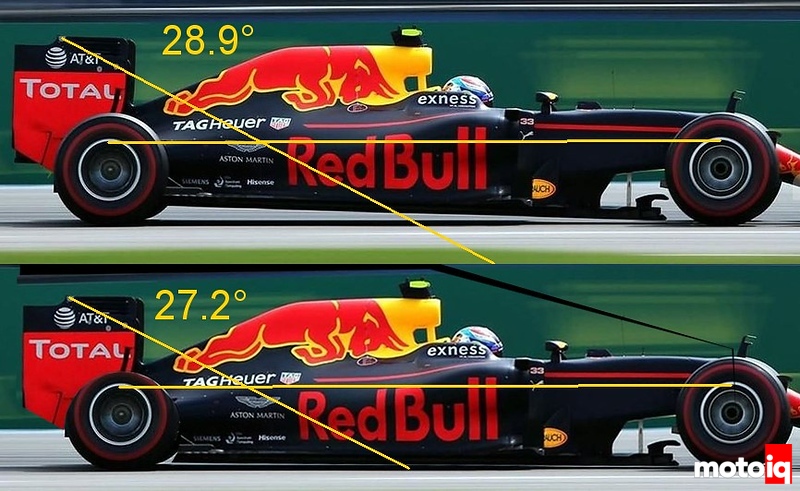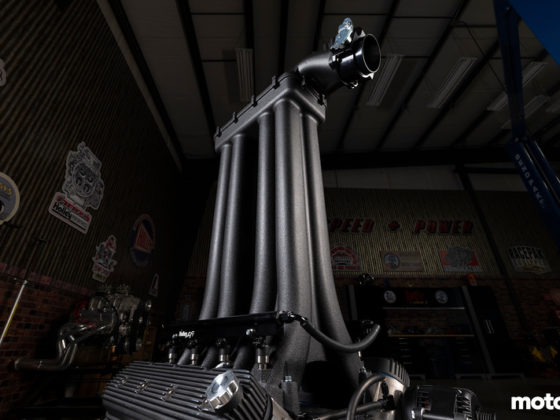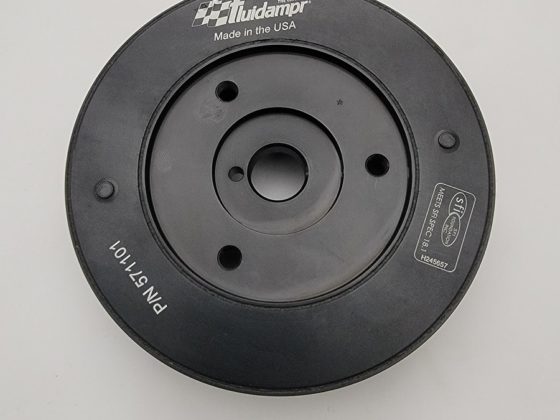In recent weeks much attention has been given to the phenomenon causing F1 cars to bounce down the straights, known colloquially as ‘porpoising’. Behind the scenes, teams of experienced aerodynamicists are working quickly to find solutions. Many have asked: how did they miss this one?
With the growing accessibility of basic CFD testing, more people are trying their hand at vehicle aerodynamic development; accordingly, this is an opportunity to discuss some of the critical points in aerodynamic design. The concepts involved are important both in and outside of Formula One. I hope this article will be of interest to those of you who are enjoying aero as a hobby and serve as an interesting read for those who follow it as a curiosity.
To introduce myself, I’m the director of AMB Aero , an aerodynamics consulting firm based in Sapporo, Japan. We utilize both in-house 40 DP-TFLOP super-compute CFD and physical wind tunnel test facilities. My mentor and partner Yoshi Suzuka was a major contributor to the modern understanding of underbody tunnels. His work shaped them from the early F1 style ‘underbody wings’ to what would later become known as the modern ‘venturi’ style during the development of Nissan GTP cars. At AMB Aero, we have been fortunate enough to develop all sorts of cars – especially many race cars – all over the world. Thanks to classes like IndyCar, LMP, or even Hill Climb and Time Attack that never fell victim to the ‘flat floor dark ages’. We have completed more than ten thousand CFD and wind tunnel tests for tunnel cars alone. By way of relevant contrast, we also have completed work more recently in modern F1, which gives an interesting perspective from which to observe current F1 performance trends. This said I would encourage anyone to view our perspective objectively, and sincerely welcome and enjoy hearing comments, questions, or even enlightening fresh ideas in the comments below from anyone (whether inside or outside F1).
‘Ground effect’ was discovered by accident.
In the late 1970s Lotus first discovered this phenomenon when their wind tunnel model was not sufficiently rigid resulting in the side pods sagging closer to the ground. As they did, downforce increased sharply. Lotus engineers then sought to understand this phenomenon and in doing so determined to close the sides of the floor, leading to the now-famous ‘sliding skirts’ (that were subsequently banned).
So powerful was this ride height effect that after banning skirts, a car was run with completely solid suspension. In this infamous test, the driver commented that the car was quicker set low and solid, but he struggled with vision and vibration. The driver asked for a padded seat and was jokingly suggested to sit on his wallet. Fast forward many years later and even without tunnels, Formula One and many other disciplines have far exceeded the total downforce of F1 in those days. The concept of designing-in ride height sensitivity became deeply rooted in modern racecar aerodynamics. Cars are generally run close to the ground to maximize underbody downforce (among other reasons), and accordingly – much as Lotus found in the 70’s – it is incumbent on designers to manage this phenomenon towards a net performance advantage.

Lotus’s early “ground effect tunnels” a simple side pod wing shape. ref: Giorgia Piola via motorsport.com

The oldest known (to me) concept of an under-wing, dated 1928!
“Ground effect” is a dated term.
In the early days, it was believed that the effect acted similarly to the known behavior of airplane wings wherein lift increases with proximity to the ground. You may have even felt this during a landing as if the plane is somewhat ‘cushioned’ in late descent with the pilot adjusting controls until touchdown. It was thought that we were experiencing the same phenomenon with downforce-generating (inverse) wings with downforce increasing with ground proximity. [https://en.wikipedia.org/wiki/Ground_effect_(aerodynamics)]
Many years later we would come to understand some differences with ground vehicles and that the proximity of underbody wing forms is not the major cause of extreme sensitivity to ride height. At AMB Aero we call them underbody tunnels. In our experience, this sensitivity is primarily due to changing flow field resulting from the relative position between the tire and the sprung body of the car. In the case of Formula cars, this can be conceptualized as the position above vs below the floor. Or for a closed wheel car, a tire is more or less shrouded inside of a wheelhouse.

The difference in tire exposure to underbody between high and low rear ride height. A diffuser era car compresses with speed, effectively pivoting around the forward edge of the plank ref: f1technical.net




13 comments
Brilliant article and interesting insight. Thank you for writing this!
His name isn’t Brilliant for nothing!
Name is one thing, his deeds and expertise are quite another 🙂
The other key issue was from a regulation standpoint. This case is not something that could be tested in the wind tunnel due to a regulatory speed limit for wind tunnel measurements.
Quote from Mattia Binotto: “Honestly, such behavior is normal with this type of car. And it cannot be simulated in the wind tunnel because it occurs at 250-270kph and the regulations limit the wind tunnel speed to 180kph.”
This therefore leaves only the CFD simulation and physical track testing paths for determining whether this issue exists, and gathering the data necessary to understand it.
The article touched on the regulation of wind tunnel speed and scale though maybe did not explain what was to do with the regulations.
Great article. Thank you for taking the time to write it for us.
Pretty certain that the current problems with porpoising has more to do with the ban on inerters for 2022. That coupled with the switch to 18” wheels (stiffer sidewalls increasing suspension frequency) probably has had an extra hand in exacerbating the issue.
“Unofficial proposals were flying around the paddock at Barcelona testing about introducing active suspension and the return of hydraulicly managed suspension and inerters, which dampen out certain frequency moments in suspension to fix porpoising. Formula 1 banned hydraulicly managed suspension and inerters in favour of traditional springs and dampers for 2022. These were highlighted as easy fixes to solve the porpoising issues if the FIA would allow this technology to return to the cars.”
https://www.racecar-engineering.com/articles/formula-1s-porpoising-problem/
That’s more like a cure for the problem, the cause of the problem is covered by Andrew here.
I guess that you didn’t read the linked article. I don’t believe that Andrew actually understands why this issue suddenly became a problem across all cars in 2022. Therefore, Andrew is talking about an aero solution to a mechanical problem, which *might* be possible, but is not a good method of problem solving.
“Porpoising is an issue on most 2022 #F1 cars.
Red Bull have found their solution in a very clever & legal suspension innovation. So they can now run super close to the track. With gas springs and inerters banned, they’ve exploited a non-newtonian fluid filled damper.”
https://mobile.twitter.com/ScarbsTech/status/1509809156521443341
He is talking about an aero problem and to me it’s pretty obvious that it is. I sort of think that careful tuning of the damper’s high-speed circuits would probably work better than non-Newtonian fluid which would work only in a narrow range.
Joe, you should note that at the end of Scarbs’ Twitter thread, he used #April1, and also he’s quoted the suspension engineer as calling the technology something that would shorten to an acronym of PIE, while making repeated references to custard.
I think you’ve missed the joke there…
Hahaha, the joke is way at the bottom of the thread!
Ground effect wasn’t discovered by accident, Peter Wright had been working on airfoil shaped side pods since the late 1960’s and designed a car for March with wing shaped side fuel tanks a few years later before joining Lotus.